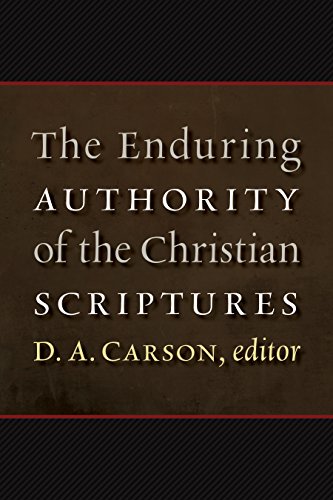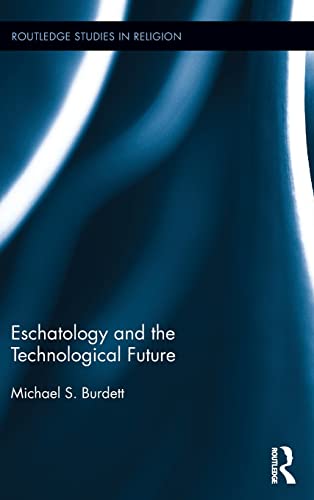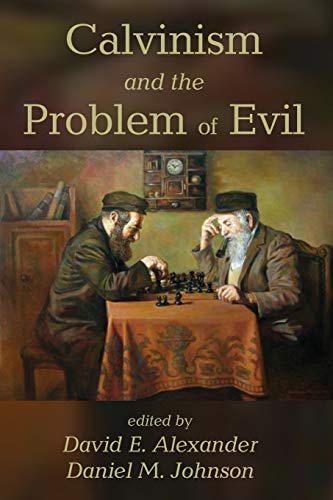Ancient Hebrew Periodization and the Language of the Book of Jeremiah: The Case for a Sixth-Century Date of Composition
Written by Aaron D. Hornkohl Reviewed By Jerry HwangThe disciplines of biblical studies and linguistics have long had a conflicted relationship. A previous generation of biblical scholars, who tended to employ word studies of Hebrew and Greek terms as support for theological conclusions about “Hebrew” and “Greek” ways of thinking, came under censure in James Barr’s “trumpet blast against the monstrous regiment of shoddy linguistics” (as memorably summarized by Moisés Silva, Biblical Words and Their Meaning, rev. and exp. ed. [Grand Rapids: Zondervan, 1994], 18, referring to James Barr, The Semantics of Biblical Language [Oxford: Oxford University Press, 1961]). Along similar lines to the linguistic fallacies exposed by Barr, both traditional and revisionist scholars of the Old Testament have often used the field of historical linguistics in service of their respective views on the composition of the Hebrew Bible. Where a conservative scholar might view features of an earlier stage of Hebrew as evidence of a text’s pre-exilic date, a critical scholar would instead argue that these “early” features are proof of a later scribe’s attempt to write in an archaic or formal style, while also pointing to the presence of “Aramaic” or “late” features in that same text as evidence for a post-exilic composition. The conservative scholar could then respond that the “Aramaism” in question reflects the biblical writer’s use of an obscure Hebrew idiom which is more common in Aramaic as well as a Samarian Hebrew dialect (Samaria being closer to Aram than Judah is), or that a later scribe updated an ancient text to reflect the linguistic milieu of Second Temple Judaism.
The temptation of tit-for-tat circular reasoning is thus found on both sides of the debate over how Hebrew developed as a literary language in Israel’s history. Whither next the diachronic study of biblical Hebrew? On what basis can the language of the Hebrew Bible be securely dated, given that “early” and “late” features of Hebrew are found to varying degrees in all its texts? Amidst these conflicting methods and conclusions, the present monograph by Aaron Hornkohl, who teaches Hebrew at Cambridge University, aims to reconstitute the study of biblical Hebrew on a solid foundation of historical linguistics. His book, Ancient Hebrew Periodization and the Language of Book of Jeremiah, is a revised and updated English version of a PhD thesis that was submitted to the Hebrew University of Jerusalem in 2011. And befitting its roots as a thesis originally written in Modern Hebrew at an Israeli institution, Hornkohl’s work tabulates and analyzes a vast amount of data on the linguistic variations in every extant corpus of ancient Hebrew (e.g., the Masoretic Text, the Dead Sea Scrolls, rabbinical Hebrew) to situate the book of Jeremiah within a sophisticated taxonomy of how the Hebrew language changed over time.
After introductory chapters on methodology (ch. 1) and the language of the book of Jeremiah (ch. 2), Hornkohl develops his taxonomy in six chapters on variations in Hebrew spelling and pronunciation (ch. 3), morphology (for pronouns, nouns, and verbs in chs. 4–6, respectively), syntax (ch. 7), and lexical features (ch. 8). A brief discussion of this taxonomy’s implications for dating the MT and LXX Vorlage versions of Jeremiah (ch. 9) is followed by a conclusion (ch. 10) summarizing his view that the book of Jeremiah represents a specimen of “Transitional Biblical Hebrew” which fits well within the sixth century BC. The influence of Avi Hurvitz’s diachronic approach to Hebrew is evident throughout, even as Hornkohl adds the use of statistical analysis to offer quantitative support for Hurvitz’s more qualitative methods.
The rather technical character of Hornkohl’s work is difficult to capture in a book review, but his discussion of Hebrew syntax (ch. 7) may serve as a representative sample of his historical-linguistic and statistical approach. In this chapter of over 100 pages (the longest in the book), Hornkohl describes the patterns of distribution for twelve grammatical constructions as one moves from earlier to later texts in the Hebrew Bible. This presentation of multiple converging lines of evidence demonstrates Hornkohl’s core principle in action: “Summary judgments regarding the date of a given composition based on only one or a few features must be avoided in favor of descriptions taking into account accumulations of multiple features” (p. 51, emphasis added).
On its own, for example, the move toward a non-standard sense for suffixed directional ה (usually “to/towards” in early Hebrew, but occasionally “at” in later Hebrew) could plausibly reflect the anomalies of a given writer, editor, or literary corpus of the Hebrew Bible. Hornkohl’s statistical analysis indicates, however, that the increasing prominence of non-standard directional ה is paralleled by clusters of similar shifts in texts generally acknowledged as late (e.g., exchange of עִםfor אֵתto mean “with,” interchange of the prepositions עַל and אֶל, accusative use of the לְ preposition, perfective past weqatal, use of the infinitive absolute as a finite verb). Because the book of Jeremiah contains the classical use of directive ה (38x), but also evinces the non-standard use of this construction (12x out of 50 occurrences overall, or 24%) in a ratio greater than classical Hebrew texts (e.g., 14.1% in the Former Prophets; cf. 45.6% in the Dead Sea Scrolls), the most likely conclusion is that Jeremiah stands in the middle of these transitions in Hebrew syntax. It is therefore no surprise to find that a book like Jeremiah, which spans the pre-exilic and post-exilic periods, reflects a fluid linguistic environment in which classical Hebrew forms are found alongside later ones.
The probabilistic methods of Hornkohl offers a plausible way out of the all-or-nothing, circular linguistic reasoning noted earlier. The cumulative character of his argument stands even as Hebraists might question how Hornkohl’s explanations of how this or that feature of Hebrew evolved or came to be distributed across the biblical corpus. Though too difficult for those without advanced knowledge of Hebrew, his study will provide much fodder for scholars who work in the contested field of Hebrew diachrony. In particular, the discipline of OT studies awaits the rejoinder of Ian Young, Robert Rezeko, and Martin Ehrensvärd, the three scholars who have been most critical of dating biblical Hebrew using the approach pioneered by Avi Hurvitz.
Jerry Hwang
Jerry Hwang
Singapore Bible College
Republic of Singapore
Other Articles in this Issue
Gospel Differences, Harmonisations, and Historical Truth: Origen and Francis Watson’s Paradigm Shift?
by Frederik S. MulderClaiming to stand on the shoulders of the later Origen, in Gospel Writing: A Canonical Perspective, Francis B...
“For Your Sake We Are Being Killed All Day Long”: Romans 8:36 and the Hermeneutics of Unexplained Suffering
by David StarlingThis article explores the function of Paul’s citation from Psalm 44:22 within the rhetoric of Romans 8:31–39...
Many churches seem to have lost the art of singing lament...
Reflections on Handling the Old Testament as Jesus Would Have Us: Psalm 15 as a Case Study
by Dane C. OrtlundIn appreciation of the renaissance of christocentric and redemptive-historical hermeneutics and homiletics in our generation, this article selects an OT text, Psalm 15, that appears on the surface to be maximally resistant to a Christ-centered reading and preaching of Scripture...
This article examines the meaning of blessing as expressed in the structure and narratives of Genesis...







